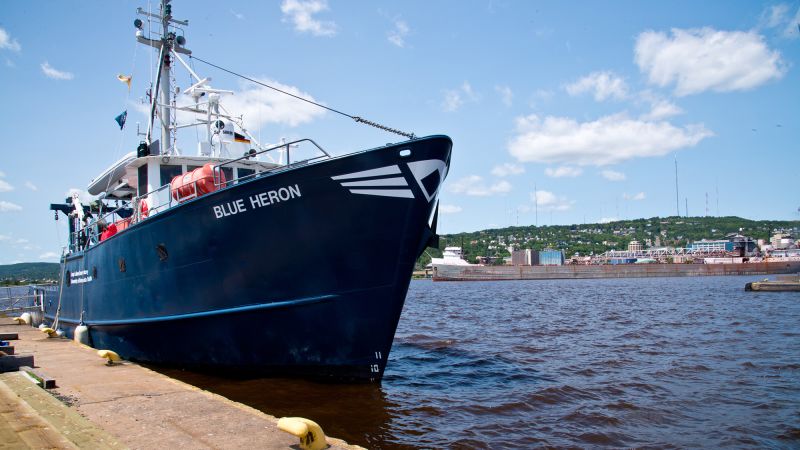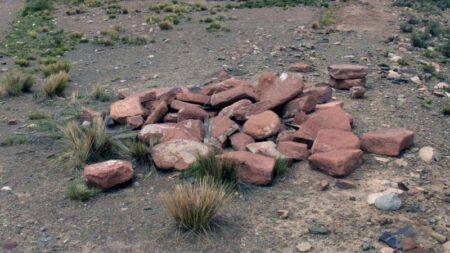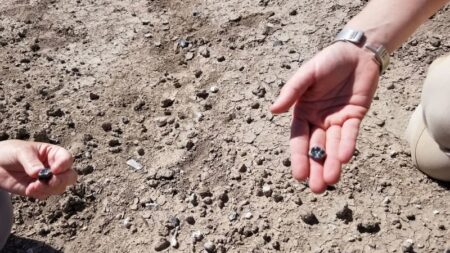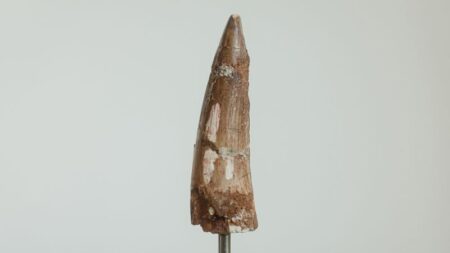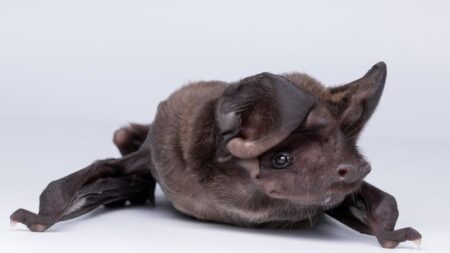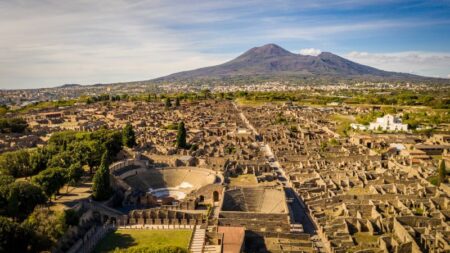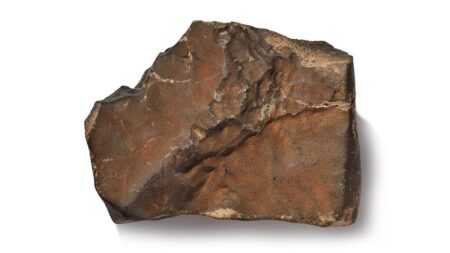In a recent fascinating development, researchers aboard the research vessel *Blue Heron* made a surprising discovery while analyzing water samples from the Great Lakes. The vessel, recognized for its crucial role in studying algae blooms in Lakes Erie and Superior, has doubled as an unlikely site for biological research. After a lengthy cruise, crew members noticed a mysterious black, tar-like substance leaking from the rudder shaft, raising queries about its nature and source.
Doug Ricketts, who serves as the marine superintendent and is also a senior research associate at the University of Minnesota Duluth’s Large Lakes Observatory, took the initiative to collect a sample of this peculiar goo for further investigation. Upon bringing the sample to the observatory’s scientists, they uncovered an astonishing revelation: the substance was teeming with life forms, including previously unidentified microorganisms. The finding, dubbed “ShipGoo001”, indicated that life can persist in even the most secluded environments, such as the oxygen-free setting of the rudder shaft.
Dr. Ricketts expressed his astonishment at the presence of organisms in such a confined part of the vessel. He emphasized that this area doesn’t have much exposure or movement, making the discovery particularly unexpected. Lead researcher Cody Sheik, a microbial ecologist at the observatory, elaborated on the goal of subsequent studies, which include extracting more samples without disturbing the unique environment that allowed this microbial life to thrive.
The study of this unexpected ecosystem could lead to the identification of new microbial species. Sheik highlighted the excitement surrounding such discoveries, as they can shed light on how various manmade infrastructures can inadvertently create new habitats for microorganisms. He posed an important question regarding what other hidden microbial communities might exist unexamined in different environments.
The analysis of the extracted DNA revealed that while some of the microorganisms were indeed novel, others were linked to those found in diverse places around the globe, from the Mediterranean to locations in Canada and even along the coastlines of California and Germany. Sheik noted the wide array of environments where these microbes were previously identified, suggesting that understanding their origins could provide insights into their capacities and ecological roles.
However, researchers still face several critical questions. They are interested in how this mysterious goo ended up on the ship and if it poses any risks, such as biocorrosion of the ship’s steel structure. The fact that the substance thrived in a sealed environment raises further questions about the complexity of the nutrient webs necessary for such life to exist.
As they plan further research, scientists aim to produce a comprehensive paper detailing their findings, including the full genomes of the microorganisms in ShipGoo001. There are broader implications at play, including the potential for certain microbes to be utilized for biofuel production, a vital consideration given today’s energy challenges.
With microbial diversity estimated at nearly 1 trillion species, the finding of a new microbe is not startling. Jeffrey Marlow, an assistant professor of biology at Boston University, commented on the excitement surrounding the study by focusing on the ecological and genomic histories of newly discovered species.
To trace the origins of the black goo, the research team is compiling a history of the *Blue Heron*, which was acquired nearly three decades ago and previously functioned as a fishing vessel. The nature of the rudder, which should primarily interact with water, might have been altered by past lubrification practices by prior owners, potentially leading to the long-term survival of those microorganisms.
Marlow suggested that the ooze may have found its way into the rudder shaft via marine snow, organic matter sinking through the water that creates an oxygen-poor environment, providing a viable habitat for these microorganisms. Sheik intends to investigate this theory and other possibilities surrounding the goo’s origin.
Ultimately, this unexpected find raises intriguing questions about the unseen ecosystems that can develop in unlikely places and the potential applications that such discoveries might unlock. The curiosity and awareness of the crew aboard the *Blue Heron*, which led to this microbial inquiry, exemplifies the importance of scientific exploration even in everyday circumstances. What other microbial wonders might we discover if we were to further investigate other overlooked environments?






